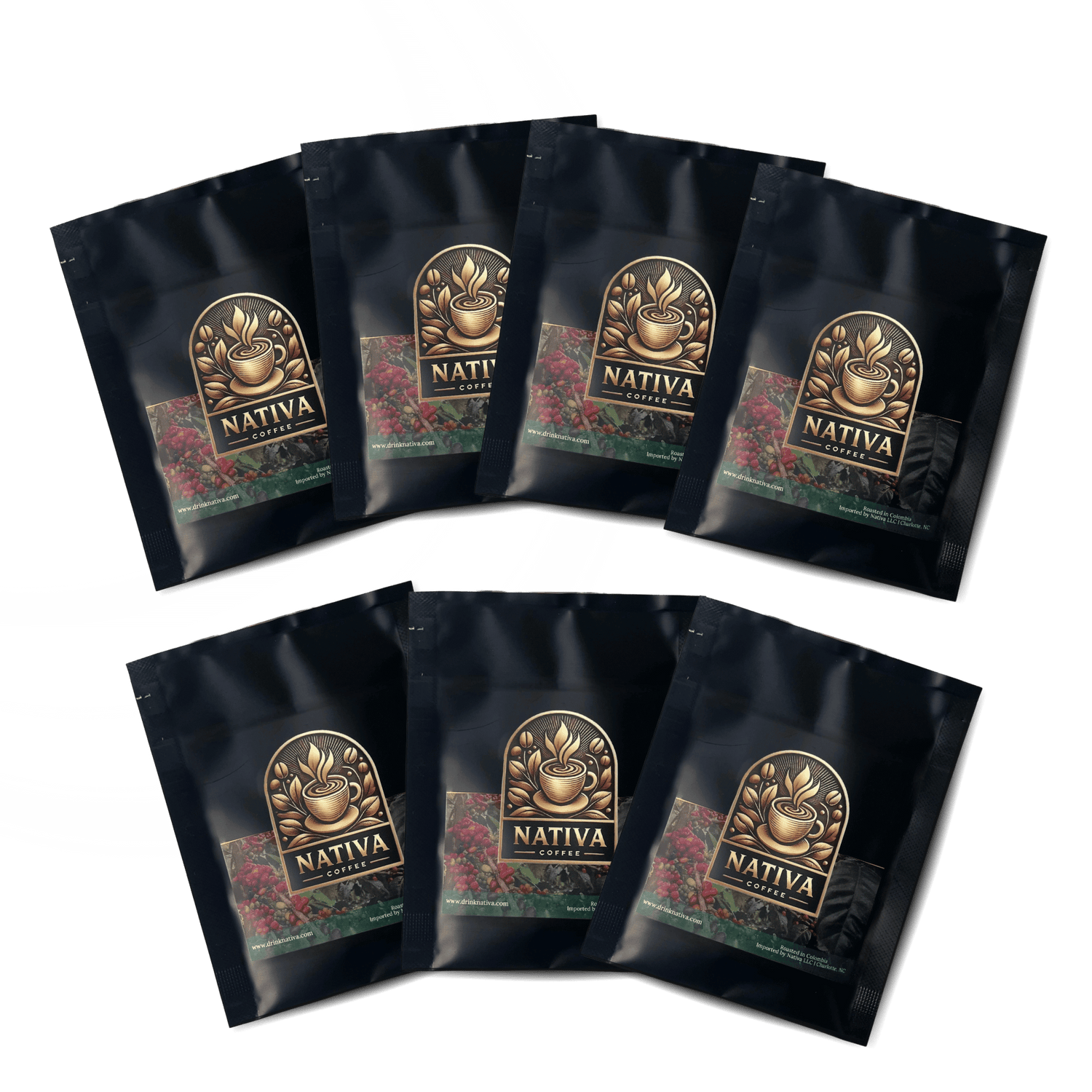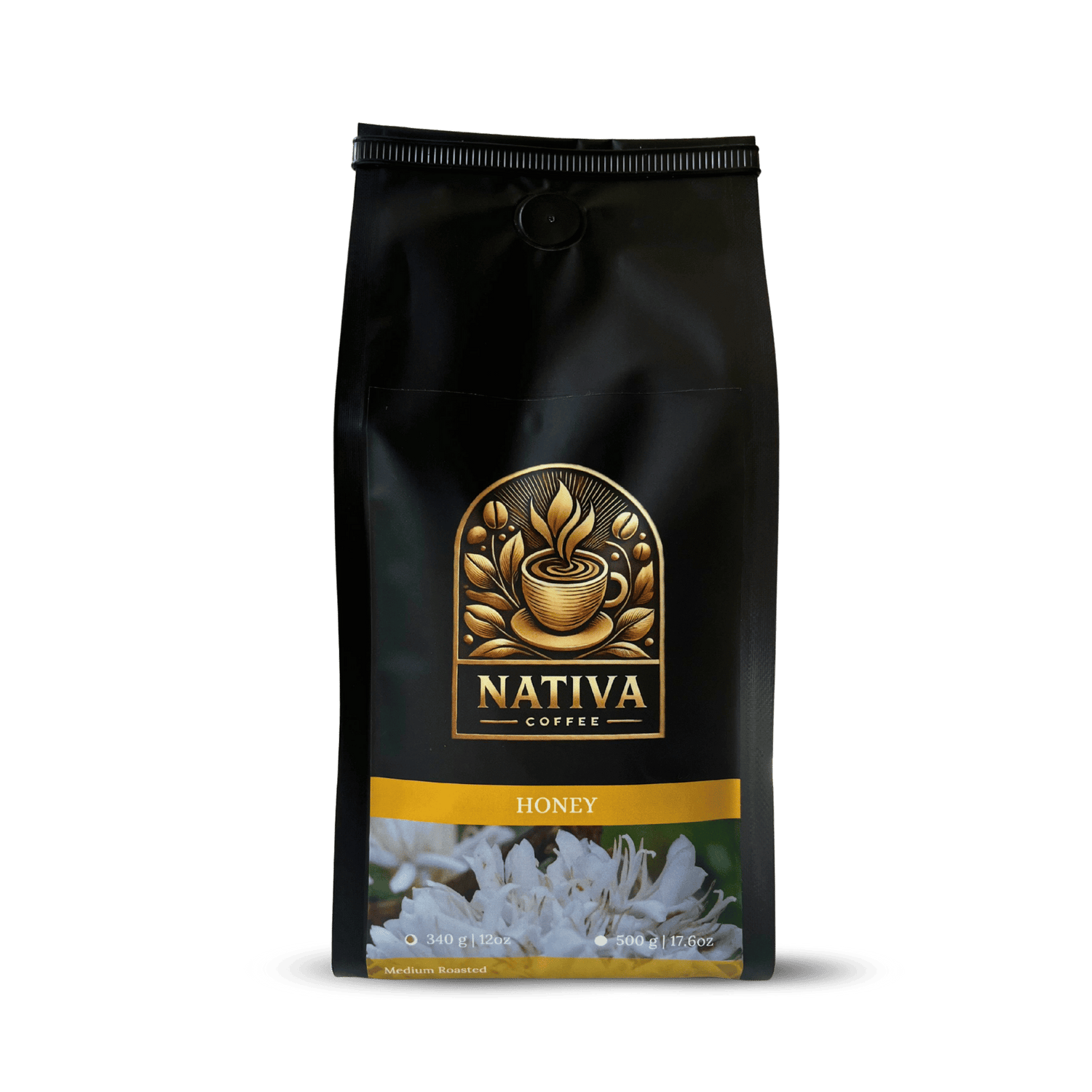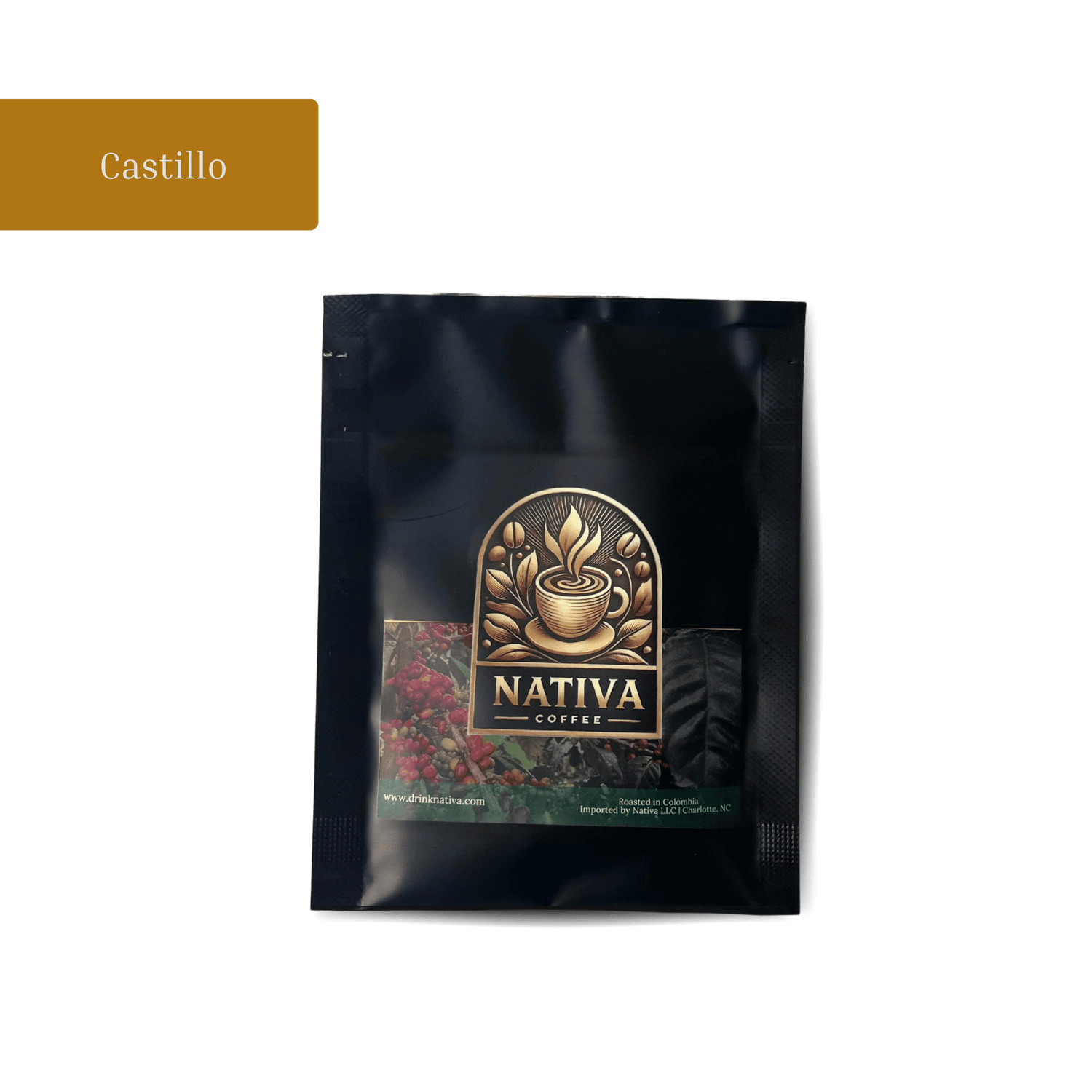The Coffee Trees and Its Growing Process
The coffee tree is a tropical plant that thrives in specific climatic conditions often referred to as the "Coffee Belt", located between the Tropics of Cancer and Capricorn. Here's an overview of its lifecycle:
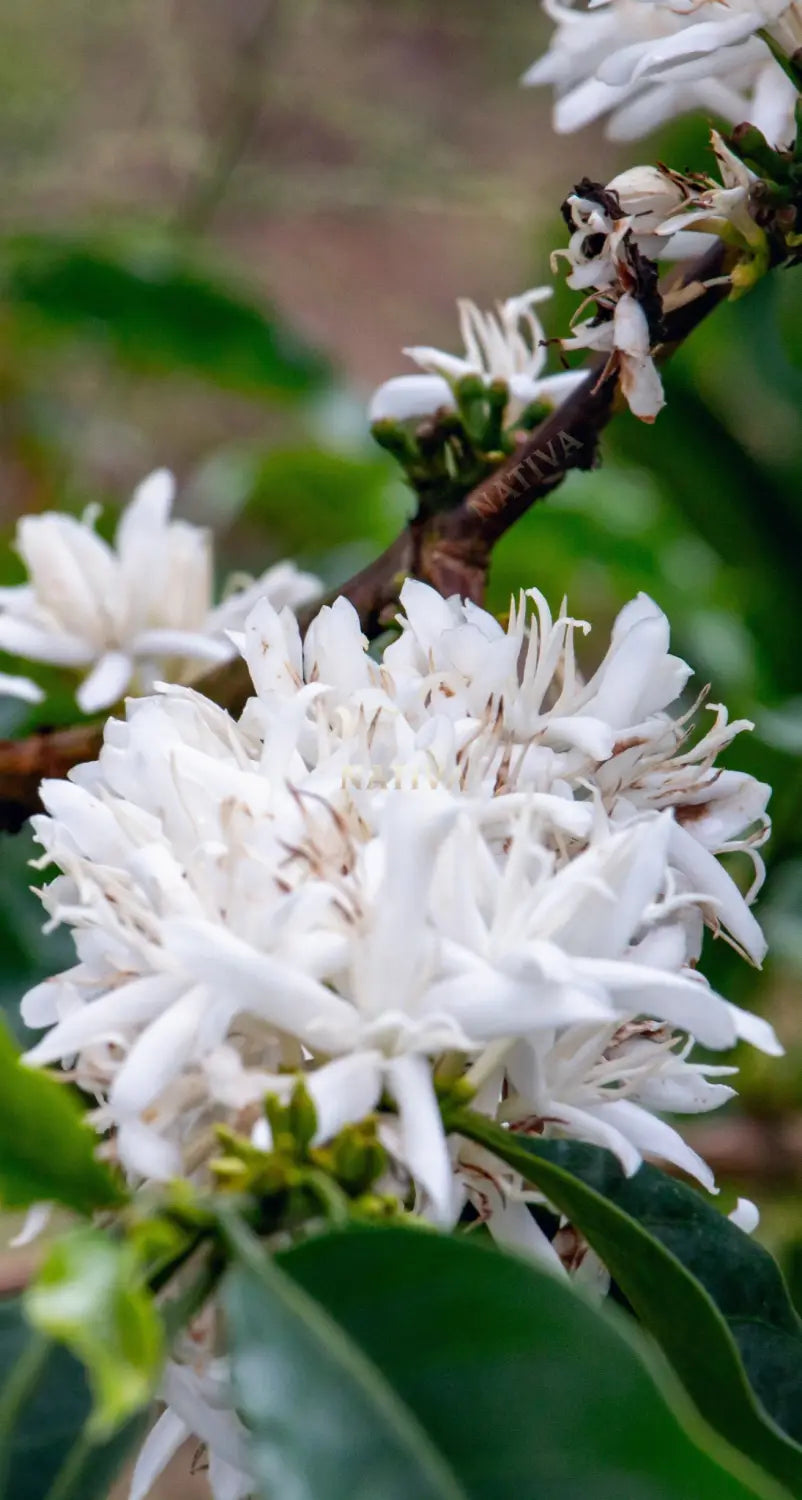
1. Germination and Seedling Stage:
- Coffee trees start from seeds planted in shaded nursery beds.
- Seeds take about 2-3 months to germinate and grow into small seedlings.
- Once the seedlings are sturdy (6-12 months), they are transplanted into fields.
2. Growth and Maturity:
- A coffee tree requires 3-4 years to mature and produce its first cherries.
- It grows best in rich, well-draining soil with moderate rainfall and a consistent climate, avoiding frost and extreme heat.
- Coffee trees flourish in altitudes ranging from 2,000 to 6,000 feet, with higher altitudes often producing better flavors due to slower growth.
3. Flowering and Cherry Development:
- Coffee trees produce fragrant white flowers, similar to jasmine. These flowers last only a few days before forming small green cherries.
- The cherries grow over several months (6-9 months for Arabica, 9-11 months for Robusta) and turn red, yellow, or orange when ripe.
4. Harvesting:
- Coffee cherries are hand-picked or machine-harvested depending on the region.
- Hand-picking ensures only ripe cherries are harvested, contributing to higher-quality coffee.
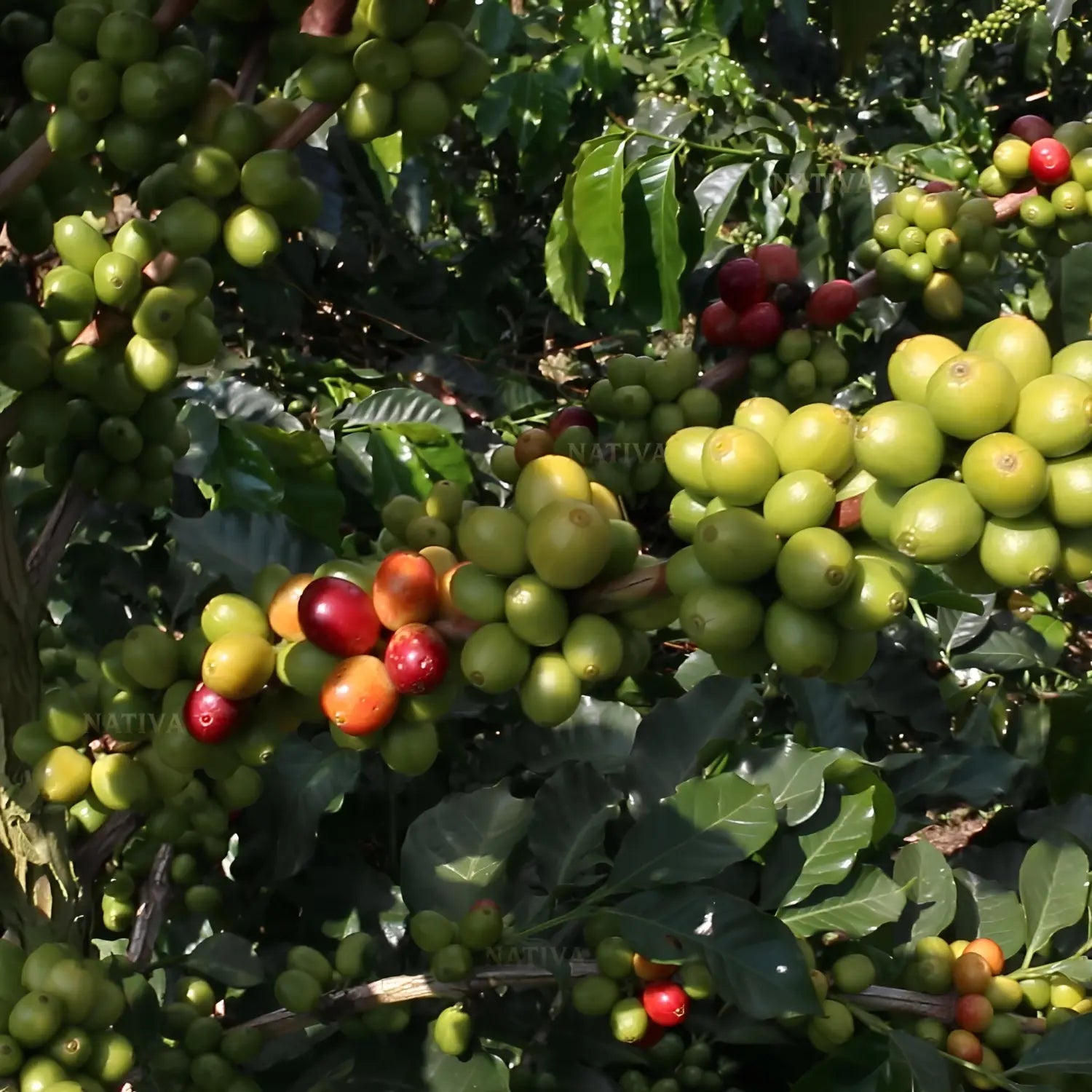
Arabica vs. Robusta
These are the two primary coffee species grown for commercial production. They differ in taste, growing requirements, and resilience.
1. Arabica (Coffea arabica):
- Flavor: Known for its smooth, complex flavor with subtle acidity and sweetness. Often preferred by specialty coffee drinkers.
- Growing Conditions: Thrives at higher altitudes (2,000-6,000 feet) with cooler temperatures (60–70°F). Requires shade and consistent rainfall.
- Caffeine Content: Lower caffeine (0.8-1.4%).
- Appearance: Oval-shaped beans with a curved line in the center.
- Disease Resistance: More delicate and prone to pests and diseases, requiring careful cultivation.
2. Robusta (Coffea canephora):
- Flavor: Stronger, harsher, and earthier taste, with more bitterness. Often used in espresso blends for a richer crema.
- Growing Conditions: Grows at lower altitudes (sea level to 2,000 feet) and tolerates higher temperatures (75–85°F). More drought-resistant.
- Caffeine Content: Higher caffeine (1.7-2.4%), which acts as a natural pesticide.
- Appearance: Smaller, rounder beans with a straight line in the center.
- Disease Resistance: Hardier and more resistant to pests and diseases.

